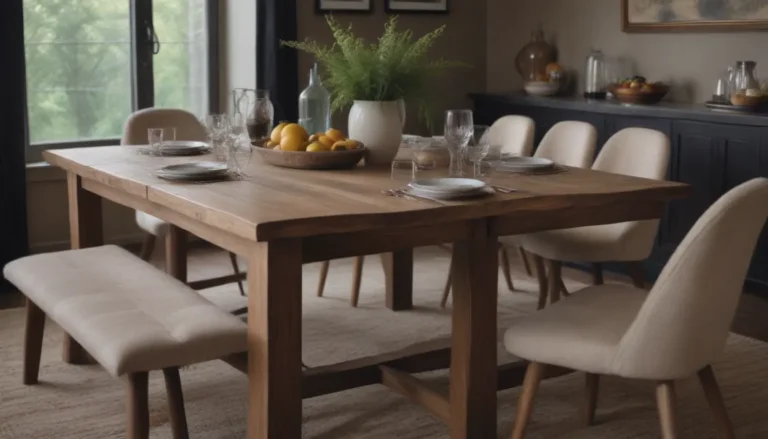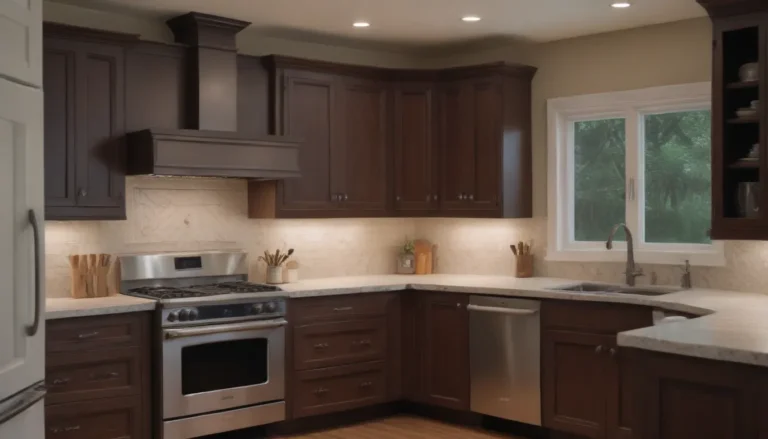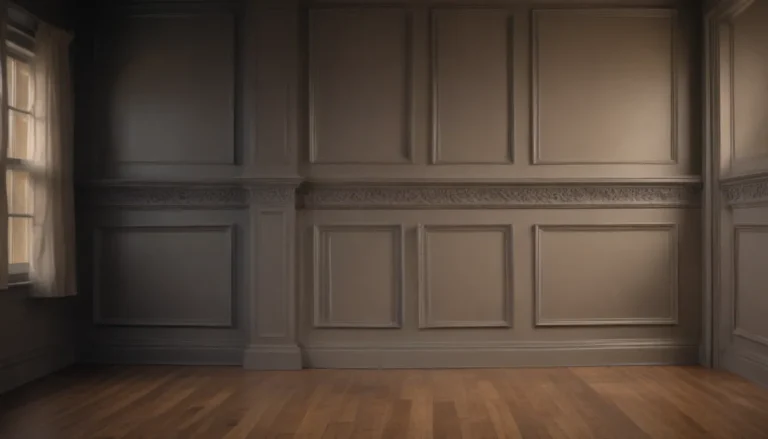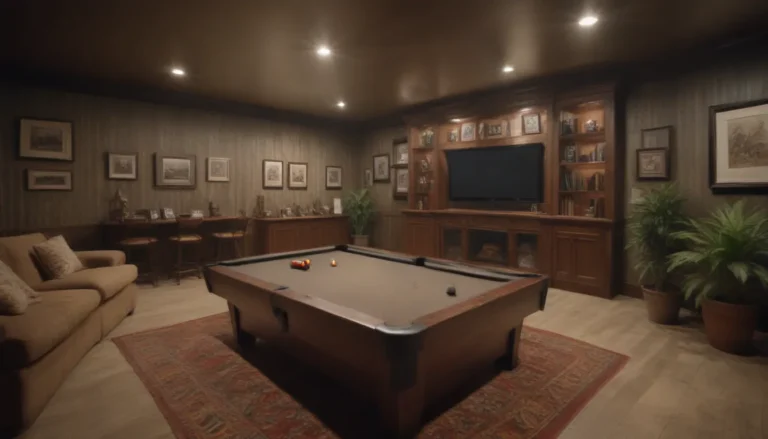Understanding Receptacle Boxes and Cable Installation Codes
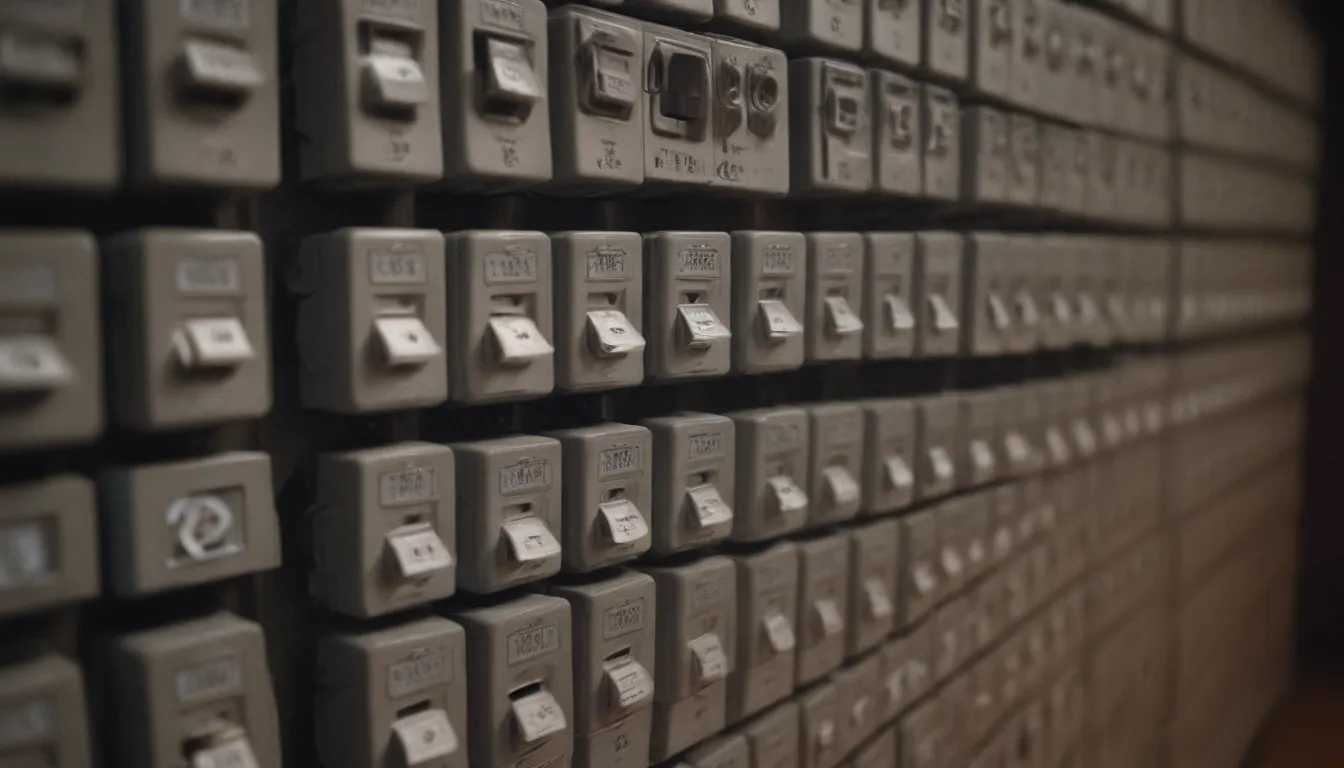
Welcome to our in-depth guide on receptacle boxes and cable installation codes! Whether you are a seasoned electrician or a DIY enthusiast looking to tackle some electrical projects in your home, it’s crucial to understand and follow the recommended electrical installation codes for a safe and effective result.
Importance of Following Electrical Codes
The National Electrical Code was developed to ensure the safe installation of all things electrical. By adhering to these rules, you can have peace of mind knowing that your electrical wiring is both safe and up to code. In this guide, we will break down some key points from the codebook to help you install electrical boxes and cables correctly.
Attaching Cables to Studding
One important aspect of cable installation is the way cables are attached to studding. According to section 334.30 of the codebook, flat cables must be stapled on the flat side of the cable, not on the edge. This ensures a tight wire connection to the stud and prevents any damage to the wire sheathing.
Cables Entering the Receptacle Box
When routing electrical cables from box to box, it’s essential to leave at least six inches of free conductor wiring in the junction box for connection purposes. Article 300.14 explains this technique, emphasizing the importance of having enough wire length for easy connections. Having extra wire length can save you time and frustration if adjustments are needed during installation.
Securing Cables
Properly securing cables is crucial for maintaining a safe electrical installation. Article 334.30 states that cables coming out of junction boxes should be secured within 12 inches of the box in all boxes equipped with cable clamps. Wire staples are typically used to secure the cables and prevent them from moving within the wall cavity.
In cases where nonmetallic boxes are used, which do not have cable clamps, cables must be supported within eight inches of the junction box. This ensures that the wires are kept in place and do not pose a safety hazard.
Lighting Fixture Boxes
Lighting fixture boxes play a crucial role in supporting the weight of light fixtures or ceiling fans. According to article 314.27, these boxes must be listed for the specific purpose of supporting lighting fixtures. Depending on the weight and nature of the fixture, you may need to install a special bracket box to provide adequate support.
Horizontal and Vertical Cable Strapping
To protect cables from being pinched between studs and drywall, it’s important to support vertically run cables with strapping every 4 feet 6 inches. Horizontal cables run through bored holes typically do not require additional support. Using wire staples with metal nails and plastic cross supports can help secure the cables effectively.
Steel Plate Protectors
When cables pass through bored holes in studs, it’s essential to protect them from nails and drywall screws. Article 300.4 mandates the use of steel plates to safeguard cables that are closer than 1 1/4 inch from the edge of the wood framing member. These plates help prevent damage to the wiring when drywall is installed, ensuring a safe and durable electrical installation.
Mounting Boxes
Properly mounting boxes is essential for a neat and secure electrical installation. Article 314.20 states that boxes should be mounted flush with the finished surface of the wall, with a maximum setback of no more than 1/4 inch. Many boxes come with depth gauges to facilitate easy installation. Aligning the depth of the box with the thickness of the drywall ensures a flush fitting box that looks professional and functions effectively.
Multiple Wire Installation for Cabling
When installing three or more NM or SE cables in contact without maintaining spacing or pass through the same opening in wood framing members, it’s important to adjust the ampacity of each conductor as per NEC Table 310.15(B)(@)(A). Maintaining proper spacing and ensuring mechanical continuity of raceways and cables is crucial for a safe and efficient electrical installation.
In conclusion, following the recommended electrical installation codes is essential for a safe and effective electrical wiring. By understanding and implementing these guidelines, you can ensure that your electrical projects are done right the first time. Remember, safety always comes first when working with electricity.
“Electrical codes are not just rules but essential guidelines for ensuring the safety and efficiency of electrical installations.” – Home Electrical Safety Association
Sources:
- National Electric Code of Illinois, 2020, NFPA, 2020
- National Electrical Code 2018, Solar Provisions
- National Electric Code of Illinois, 2020, NFPA, 2020
Happy wiring, and stay safe!
